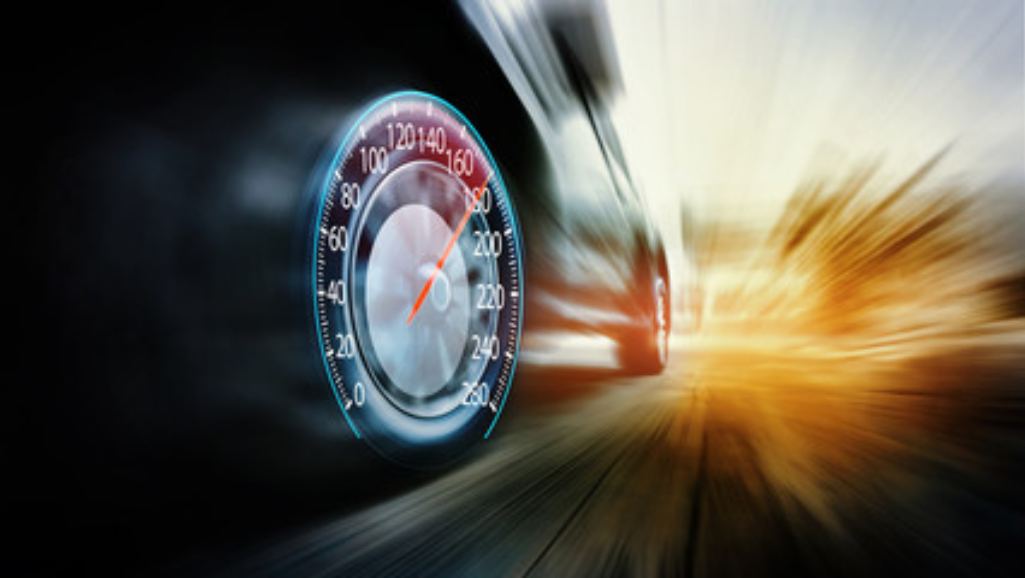Discover the secrets behind the laser test on race cars, unlocking the science and precision that takes their performance to the next level. If you’ve ever wondered how race car engineers measure and analyze the performance of their vehicles, the laser test is your answer. In this article, we’ll delve into the purpose, functionality, and advantages of this cutting-edge testing method. Discover how this high-tech tool allows engineers to gather precise data on various aspects of race car performance, from aerodynamics to suspension. Get ready to dive into the world of race car testing and uncover the secrets behind the laser test.
Purpose of the Laser Test
The purpose of the laser test is to ensure the accuracy and alignment of race car components. This test is a crucial step in the preparation and maintenance of race cars, as it helps identify any potential issues that could affect the performance and safety of the vehicle. Laser test accuracy is of utmost importance in the world of racing, where even the slightest misalignment can have significant consequences on the track.
To ensure the accuracy of the laser test, there are specific regulations that must be followed. These regulations outline the procedures, equipment, and standards that must be adhered to during the test. This ensures consistency and fairness across all race cars and teams.
During the laser test, a laser beam is projected onto various components of the race car, such as the chassis, suspension, and wheels. The laser beam is used to measure the alignment and position of these components, allowing technicians to identify any deviations from the desired specifications. This information is crucial for making necessary adjustments and alignments to optimize the performance of the race car.
How the Laser Test Works
To understand how the laser test works on race cars, you need to know the basic principles behind its operation. The laser test is a method used for laser measurement and accuracy assessment in the automotive industry. Here’s how it works:
- Laser setup: A laser emitter is mounted on a stable platform, and a receiver is positioned at a fixed distance from it.
- Laser beam projection: The emitter sends out a laser beam that is directed towards the vehicle being tested.
- Reflection detection: The receiver detects the reflection of the laser beam from the race car’s surface.
- Time-of-flight calculation: By measuring the time it takes for the laser beam to travel from the emitter to the car and back to the receiver, the distance between them can be determined.
- Accuracy assessment: The data collected is analyzed to assess the accuracy of various components on the race car, such as the bodywork, suspension, and alignment.
Benefits of the Laser Test
How can the laser test on race cars benefit you? The laser test offers several advantages that contribute to its effectiveness in improving the performance and safety of race cars. Firstly, the laser test provides highly accurate measurements of key parameters such as wheel alignment, ride height, and aerodynamics. This precision allows for fine-tuning of the car’s setup, resulting in improved handling, cornering, and overall performance on the track.
Furthermore, the laser test enables race teams to identify and rectify any alignment or suspension issues, ensuring that the car operates optimally. By detecting and correcting these issues, the laser test helps to reduce tire wear, increase fuel efficiency, and minimize the risk of mechanical failures during races.
Another benefit of the laser test is its efficiency. The process is quick and non-invasive, allowing race teams to perform multiple tests within a short period. This efficiency saves valuable time in the setup and preparation of the race car, allowing more time for fine-tuning and adjustments.


